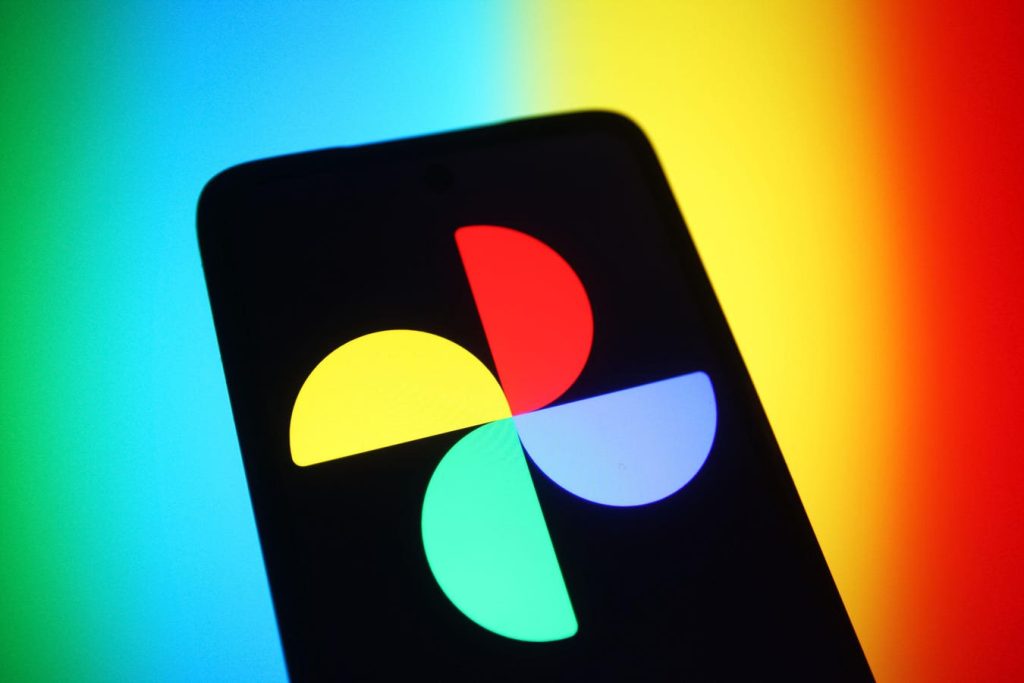Google is in the process of testing a new feature on Google Photos that will allow users to hide specific faces from the platform’s automatic “Memories” feature without untagging them from photos saved in the main photo library. This new feature will provide a way for users to avoid emotionally sensitive reminders of selected individuals while still being able to search for them in their photo collection. For example, if a loved one has recently passed away, users can keep them tagged in photos while preventing unexpected notifications containing videos and photos of them.
The new feature, discovered by a tipster and reported by Android Authority, is not yet available to users, but the code already exists in the latest version of the Google Photos Android app. When editing an individual from the “People and Pets” view, a new “Hide face from memories” menu item will appear in Google Photos. Tapping this will provide two options: the “Show less” feature to hide specific faces from Memories and the “Block face” option to prevent that person from being tagged in photos with others.
Another potential new feature uncovered by the same tipster is an automatic folder backup option on Google Photos. This feature may allow Google Photos to automatically detect and back up any new folders found on a user’s device. While this feature could be helpful in ensuring that every image on a device is backed up, it could also lead to issues such as backing up unwanted pictures and videos or exceeding mobile data plans and storage quotas. It will be interesting to see if Google decides to roll out this feature widely and how users will respond to it.
Overall, these new features on Google Photos show the platform’s commitment to providing users with more control over their photo collections and ensuring a more personalized and efficient user experience. While the “Show less” feature will help users manage sensitive content in their Memories, the automatic folder backup option may offer convenience but also raise potential privacy and data usage concerns. As Google continues to test and refine these features, users will have to consider how they fit into their own photo management practices and decide whether the benefits outweigh any drawbacks.
As these new features are still in the testing phase, users can look forward to updates and improvements on Google Photos in the future. It remains to be seen how these features will be received by the wider user base and whether Google will address any concerns or issues that may arise. Stay tuned for further developments on Google Photos and the enhancements that will help users better manage their photo collections and memories.


